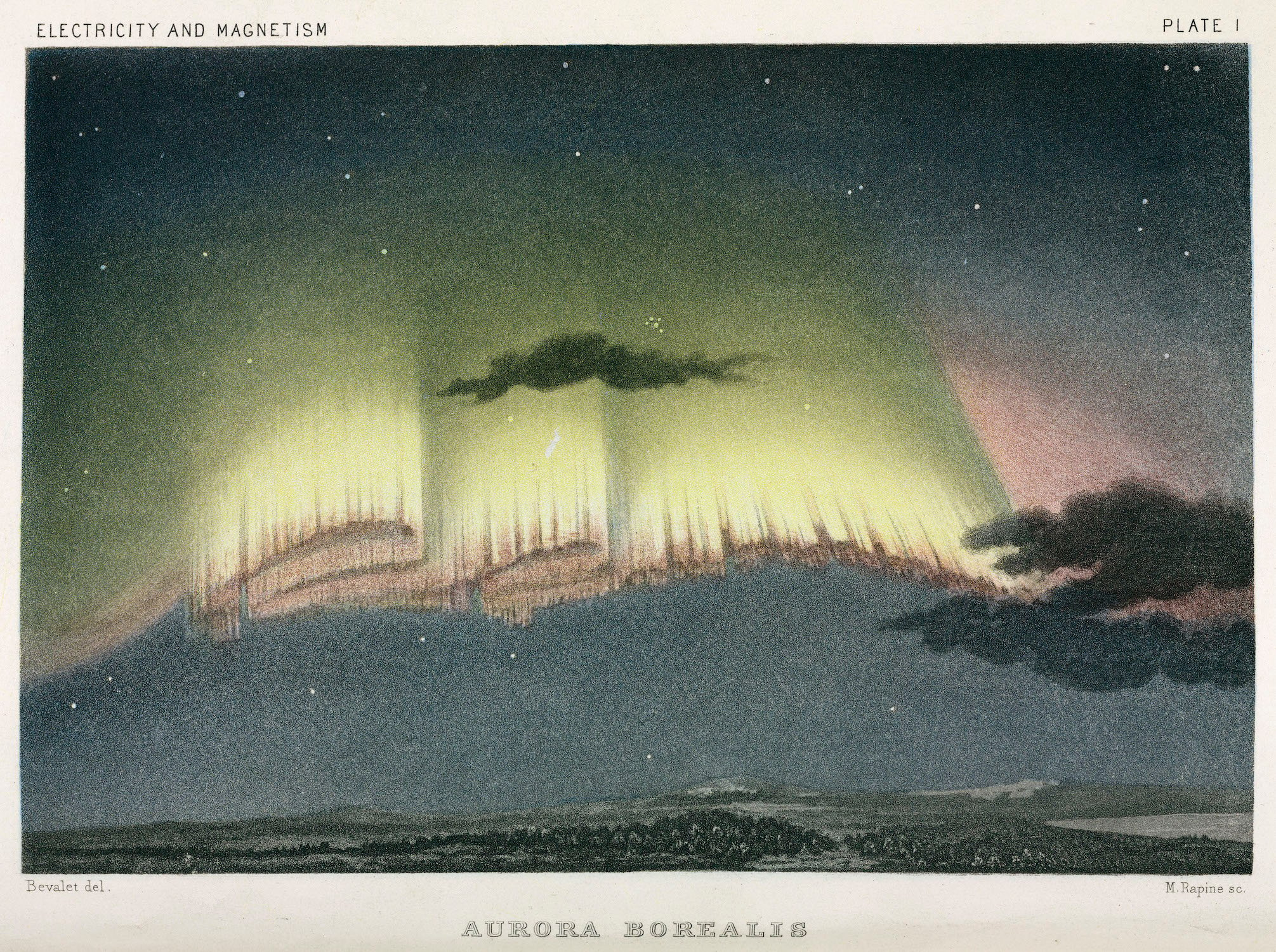
By studying the iron oxide embedded in ancient bricks from Mesopotamia, archaeologists have confirmed the existence of a planetary anomaly that happened during the Levantine Iron Age around 3,000 years ago, resulting in a huge spike in the Earth’s magnetic field strength.
In their paper, “Exploring Geomagnetic Variations in Ancient Mesopotamia,” researchers Matthew D. Howland, Lisa Tauxu, Shai Gordin, and Erez Ben-Yosef studied 32 bricks currently held in the Slemani Museum that date from the third to first millennia B.C.E, based on the inscribed names of 12 Mesopotamia kings carved into them. These bricks contain grains of iron oxide, a mineral can lock a “memory” of geomagnetic activity from the moment they were fired. As Philip McCausland of Canada’s Western University explained to Vice’s Motherboard, at “very high temperatures, the objects are memoryless. But as the temperature drops it picks up a memory of the Earth’s magnetic field that it was sitting in at the time”.
By chipping off tiny fragments from the broken sides of the bricks, and measuring them using a magnetometer, the researchers were able to record differences between the magnetic fields held in the iron oxide grains and those of the Earth today.
Some of the bricks made during the first millennium B.C.E were fired at a time when the strength of the Earth’s magnetic field was more than 50 percent greater than it is today, providing further evidence of the Levantine Iron Age Geomagnetic Anomaly, which is believed to have existed between 1050 and 550 B.C.E.
The Levantine Iron Age Geomagnetic Anomaly was first discovered in 2009, but it is still not clear exactly what caused the spike to occur. Matthew D. Howland, a member of the Mesopotamian brick research team, said that the first three millennia B.C.E. saw “extremely high intensities in earth’s magnetic field” at a time when the world’s first major cities were developing.
Bricks linked to the reign of Nebuchadnezzar II from 604 to 562 B.C.E., for example, showed dramatic fluctuations in magnetic fields during a relatively short time. Nebuchadnezzar II, also known as Nebuchadnezzar the Great, was one of the longest-reigning kings of Mesopotamia who oversaw the construction of Babylon.
By creating a map of historic magnetic fields, this new “archaeomagnetic” technique could potentially allow scientists to more accurately study ancient objects, since radiocarbon dating only pinpoints an artifact’s date to within a few hundred years, while the reigns of kings often range from a few years to decades.
More Trending Stories:
Art Dealers Christina and Emmanuel Di Donna on Their Special Holiday Rituals
Stefanie Heinze Paints Richly Ambiguous Worlds. Collectors Are Obsessed
Inspector Schachter Uncovers Allegations Regarding the Latest Art World Scandal—And It’s a Doozy
Archaeologists Call Foul on the Purported Discovery of a 27,000-Year-Old Pyramid
The Sprawling Legal Dispute Between Yves Bouvier and Dmitry Rybolovlev Is Finally Over